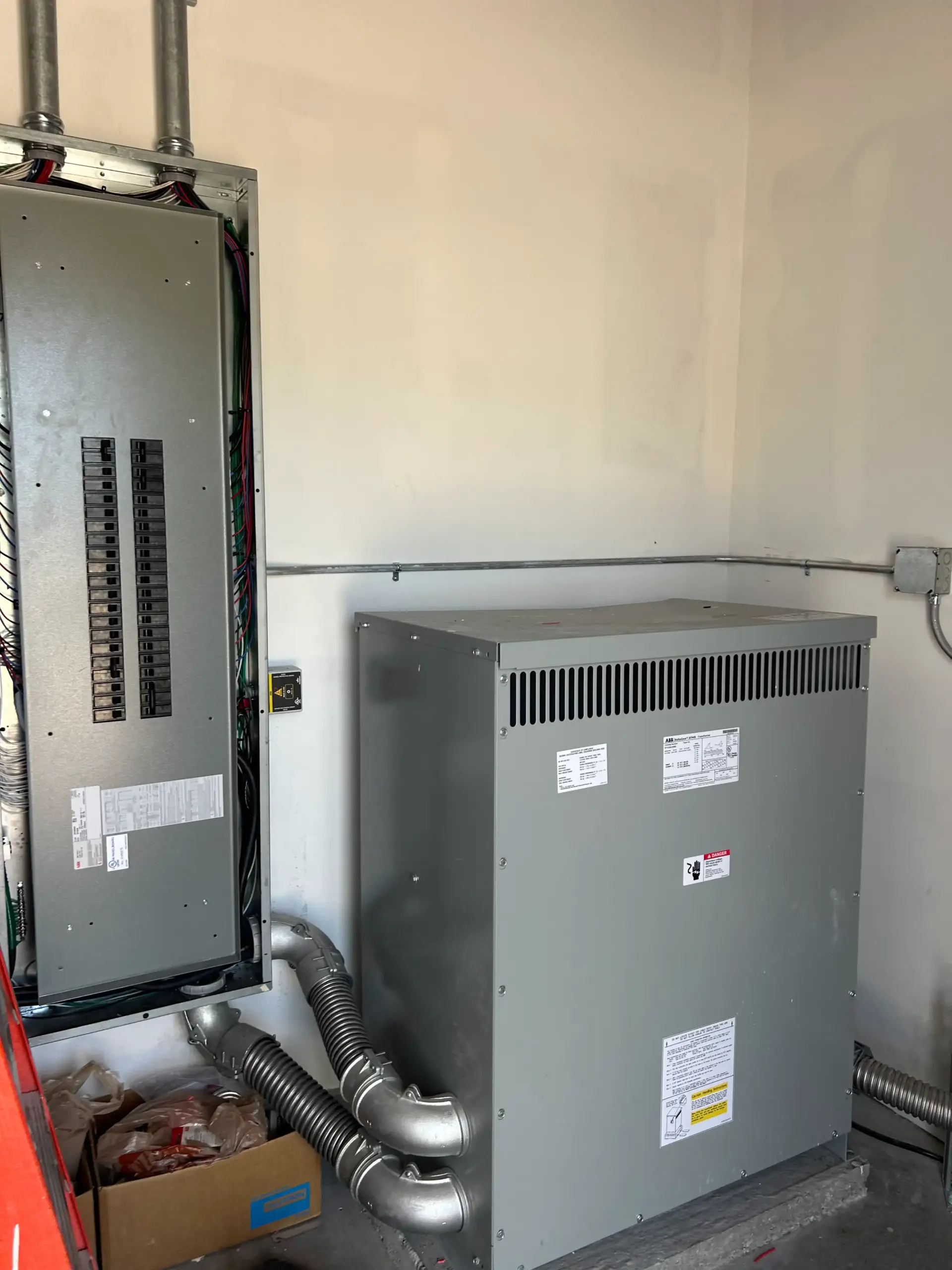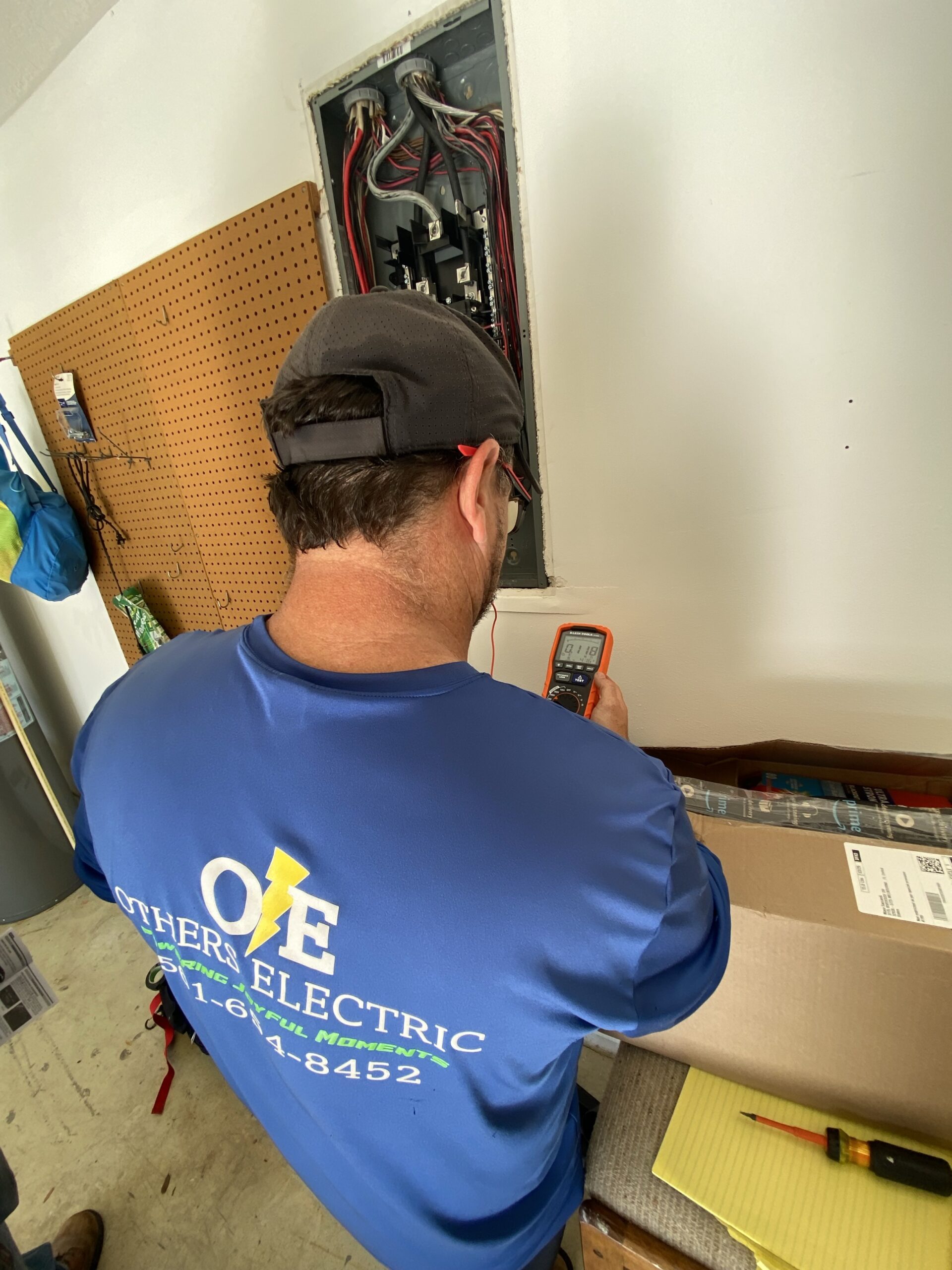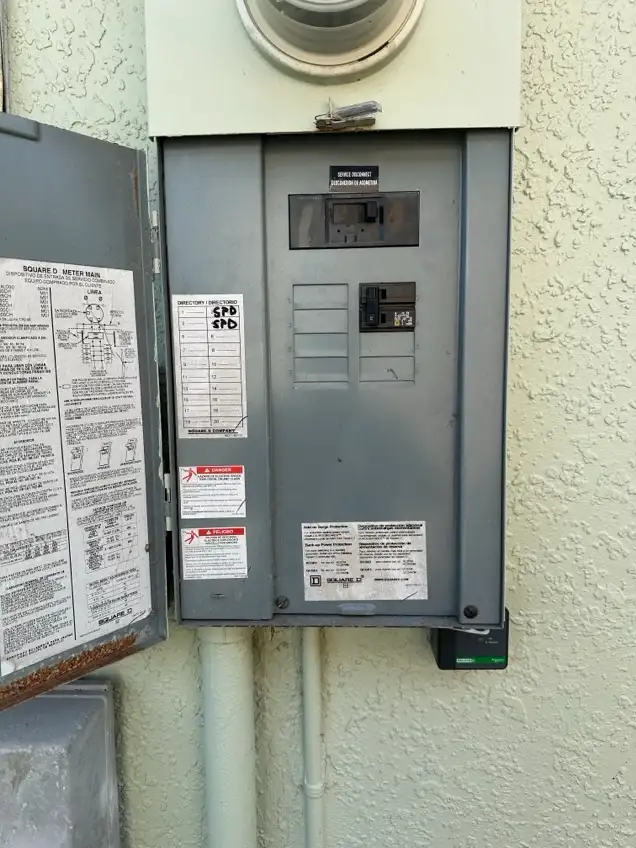The adoption of electric vehicles (EVs) has accelerated in recent years, driven by advances in technology, environmental concerns, and government incentives. Alongside this growth, EV chargers have become a critical component of the infrastructure needed to support these vehicles. A common question among current and prospective EV owners is whether EV chargers are universal. The answer depends on several factors, including the type of charger, the vehicle model, and regional standards. This article explores the concept of universal compatibility in EV chargers and provides a comprehensive overview of the factors that influence it.

Understanding EV Charging Standards
To determine whether EV chargers are universal, it’s essential to understand the charging standards used across the industry. EV chargers and vehicles rely on specific connector types and charging protocols to facilitate energy transfer. These standards vary by region, vehicle manufacturer, and charger type.
Most EVs use one of three connector types for AC (Alternating Current) charging: Type 1 (SAE J1772), Type 2 (Mennekes), or GB/T. In North America, the Type 1 connector is the standard, while Europe predominantly uses Type 2. China has adopted GB/T as its primary standard. For DC (Direct Current) fast charging, common connectors include CCS (Combined Charging System), CHAdeMO, and Tesla’s proprietary connector.
These standards play a significant role in determining compatibility. While many EV chargers are designed to support multiple connector types, not all chargers work with every vehicle, particularly when it comes to DC fast charging.
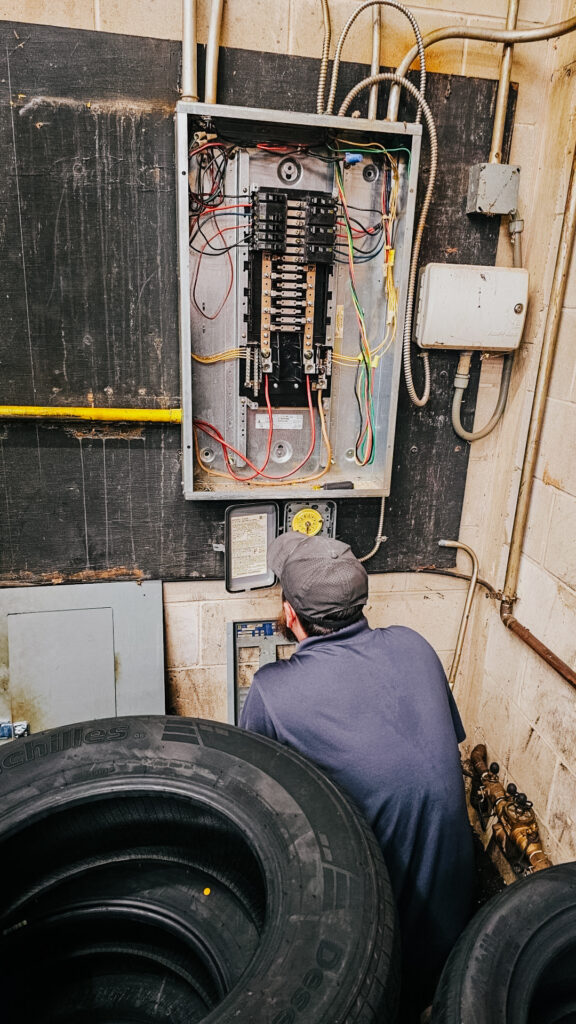
The Role of Charging Levels in Compatibility
EV chargers are categorized into three levels based on charging speed and power delivery. These levels—Level 1, Level 2, and DC fast charging—impact the universality of chargers.
Level 1 Charging
Level 1 chargers use a standard household outlet and are compatible with virtually all EVs. These chargers provide a slow charging rate and are primarily used for overnight charging at home. Their simplicity and reliance on basic electrical infrastructure make them universally accessible, though their slow speed may not meet the needs of all drivers.
Level 2 Charging
Level 2 chargers operate at higher power levels and are commonly installed in homes, workplaces, and public spaces. While most Level 2 chargers use the Type 1 connector in North America or Type 2 in Europe, their universality depends on the vehicle’s compatibility with these connectors. For example, some EVs, particularly those designed for specific regional markets, may require an adapter to use certain Level 2 chargers.
DC Fast Charging
DC fast chargers offer the fastest charging speeds but are also the least universal. Compatibility with DC fast chargers depends on the connector type supported by the vehicle. For example, vehicles with CCS connectors can only use chargers equipped with CCS ports, while those with CHAdeMO connectors require chargers with corresponding ports. Tesla vehicles have their proprietary connector, though Tesla’s Supercharger network is increasingly incorporating CCS connectors to support non-Tesla vehicles.
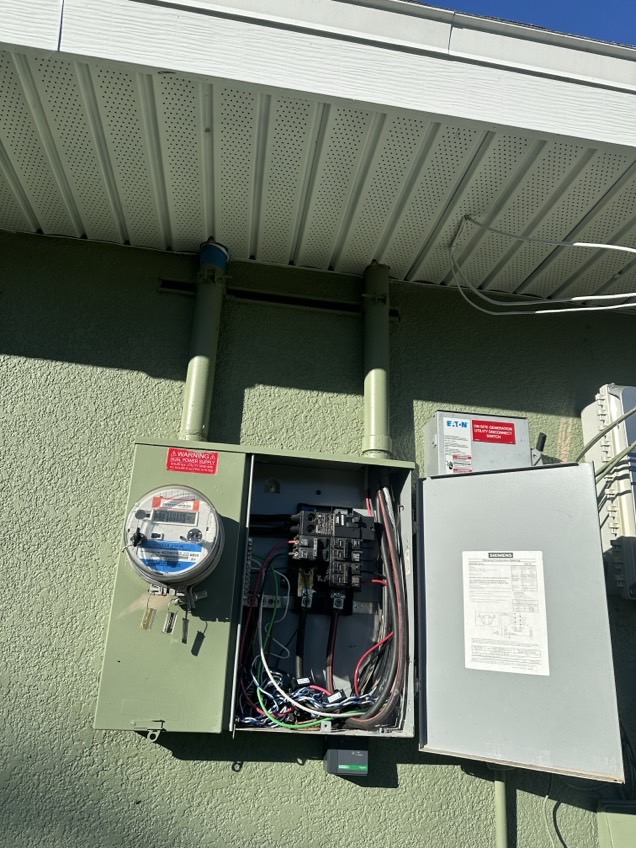
Manufacturer-Specific Charging Networks
Another factor affecting the universality of EV chargers is the presence of manufacturer-specific charging networks. Tesla’s Supercharger network is a prime example. While Tesla chargers initially supported only Tesla vehicles, the company has begun opening some stations to non-Tesla EVs equipped with CCS connectors. Despite this progress, the exclusivity of manufacturer-specific networks can limit universal access for some EV owners.
Other manufacturers, such as Rivian and Lucid, are also developing proprietary charging networks. While these networks are designed to optimize the charging experience for their vehicles, they may not be universally compatible with other EVs.
Regional Variations in Charging Standards
Regional differences in charging standards further complicate the question of universality. For instance, the CCS connector is widely adopted in North America and Europe, while CHAdeMO is prevalent in Japan. In China, the GB/T standard dominates. These regional preferences mean that EV owners traveling internationally may face challenges in finding compatible chargers.
Adapters are available to bridge some of these gaps, but they can be inconvenient and may not support all charging functions. For example, while an adapter might enable an EV with a CHAdeMO connector to use a CCS charger, it may not allow for the fastest charging speeds.
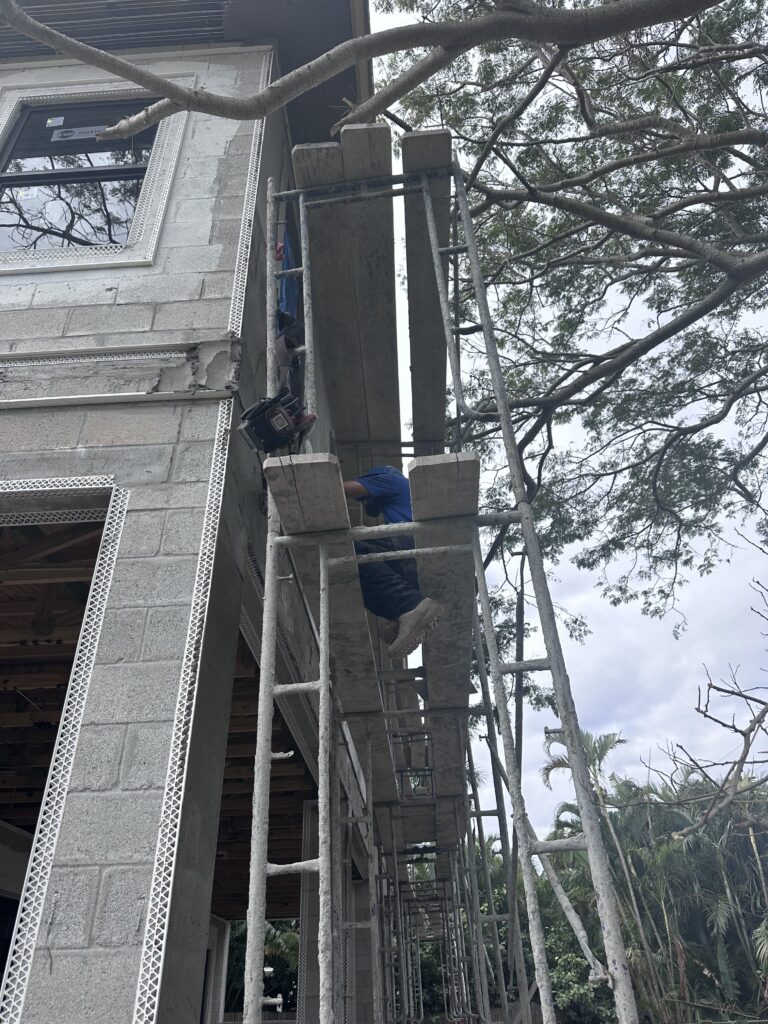
The Push Towards Standardization
The lack of universal compatibility in EV chargers has prompted calls for standardization across the industry. Governments, manufacturers, and organizations are working to establish common standards that facilitate seamless charging for all EV owners.
One notable effort is the widespread adoption of the CCS standard, which combines AC and DC charging capabilities in a single connector. By supporting multiple charging levels, CCS has the potential to become a universal standard. Tesla’s decision to incorporate CCS connectors into its Supercharger network is a step toward greater compatibility.
In Europe, regulations require public chargers to include Type 2 and CCS connectors, ensuring a baseline level of compatibility. Similar initiatives are being considered in other regions to promote standardization and enhance the user experience.
Universal Chargers: Myth or Reality?
While no charger is truly universal in the sense that it works with every EV without exception, many chargers are designed to accommodate a wide range of vehicles. Public charging stations often feature multiple connector types to serve different EV models, and some even provide adapters for additional flexibility.
For home charging, universal compatibility is less of an issue, as most EV owners purchase chargers specifically designed for their vehicles. However, those who own multiple EVs or frequently host guests with different vehicle models may benefit from chargers that support multiple standards.
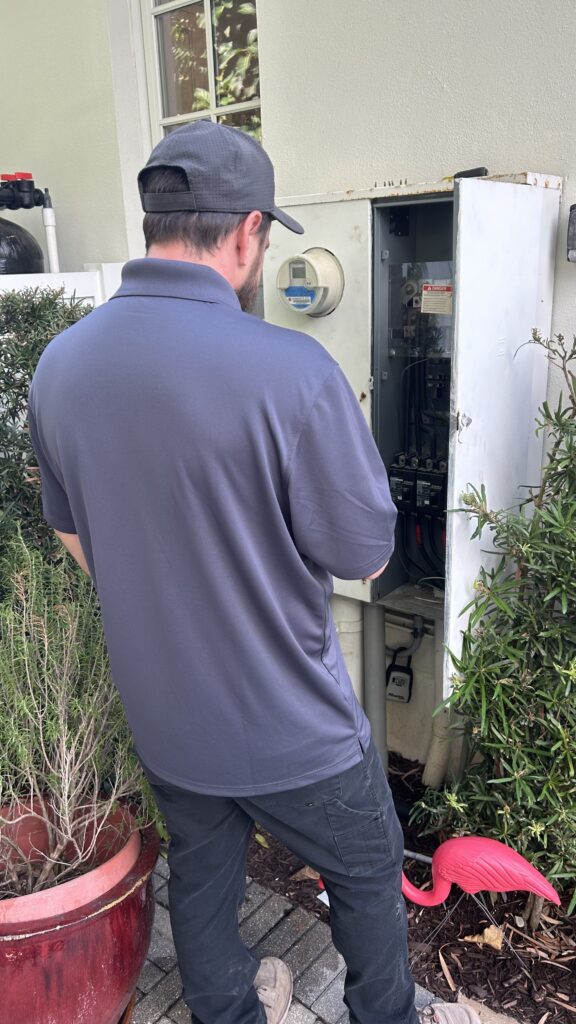
The Role of Apps and Smart Technology
The integration of apps and smart technology into EV chargers has also contributed to improved compatibility. Apps allow users to locate chargers compatible with their vehicles, check connector availability, and even reserve charging spots. Some chargers offer smart features that detect the vehicle’s connector type and adjust settings accordingly, further enhancing compatibility.
These advancements demonstrate how technology can bridge gaps in universality, providing EV owners with greater convenience and peace of mind.
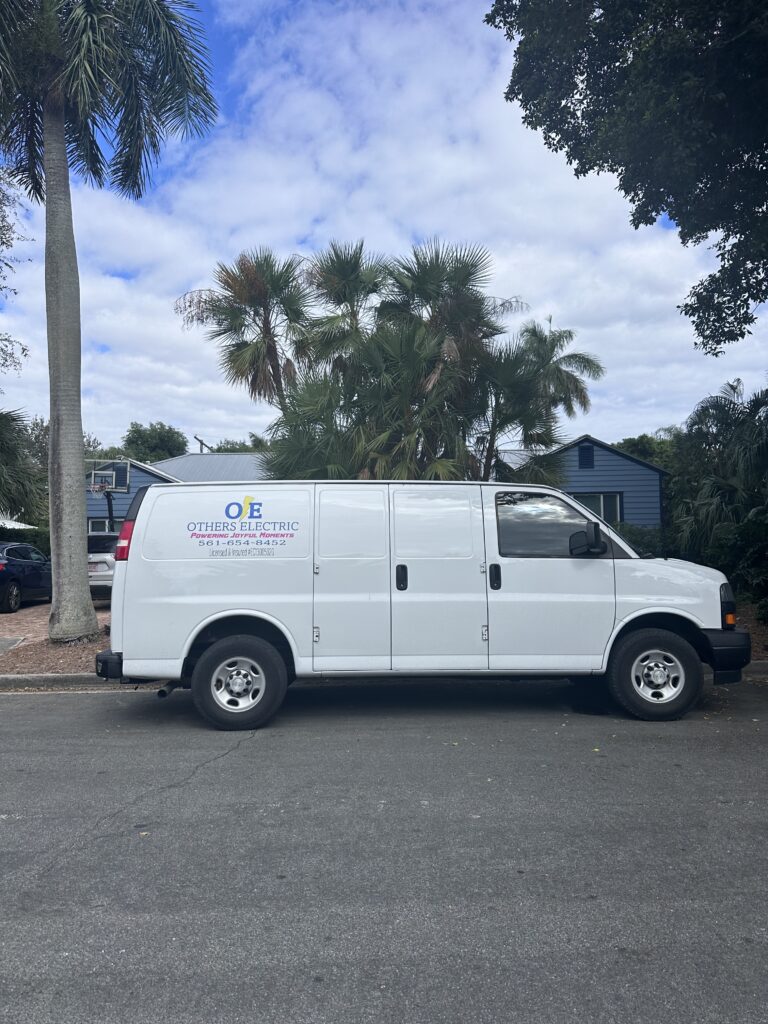
Conclusion
The question of whether EV chargers are universal does not have a simple yes or no answer. While some chargers, particularly Level 1 and basic Level 2 options, are broadly compatible, others depend on specific connector types, regional standards, and manufacturer preferences. The growing adoption of CCS as a standard, along with efforts to open proprietary networks and integrate smart technology, is moving the industry closer to universal compatibility.
For now, EV owners should familiarize themselves with their vehicle’s charging requirements and explore the options available in their region. By understanding the nuances of EV charging, they can make informed decisions and enjoy the benefits of electrified transportation. We hope this helps you understand are EV Chargers Universal and if you need help with EV Charger Installation.


